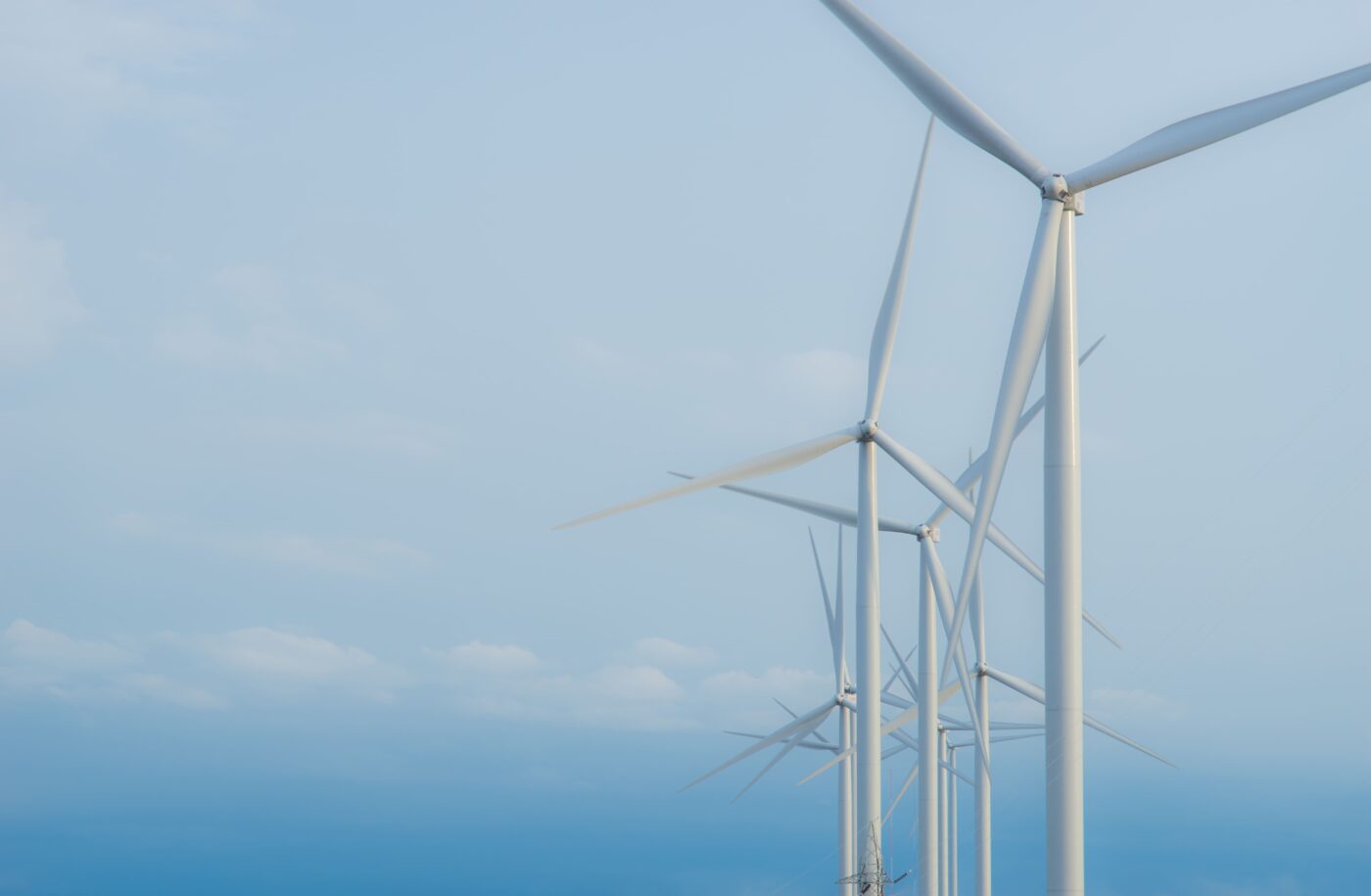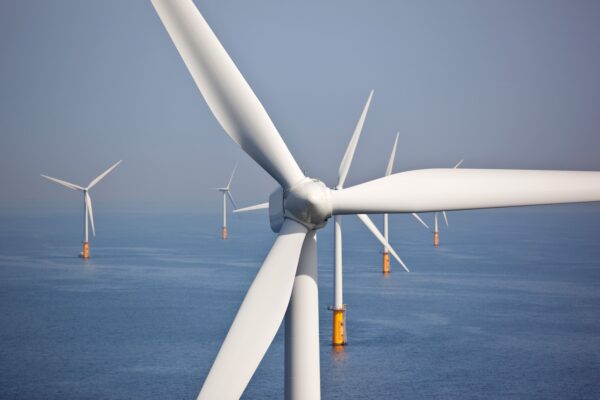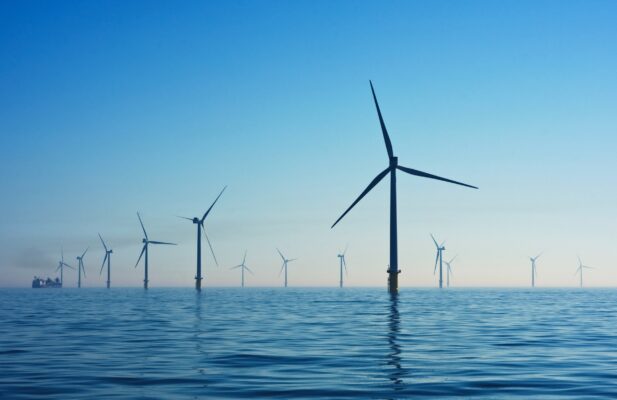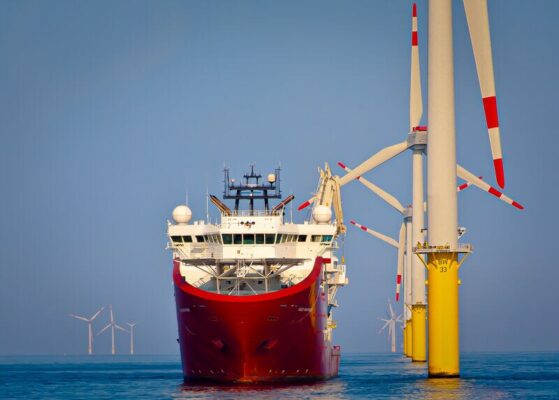Energizing the economy and the gird
The Star of the South project is a collaboration between Offshore Energy and Copenhagen Infrastructure Partners, the latter of which will provide 100% of the equity finance. It will boast a staggering capacity of up to 2.2 GW, sufficient to power an estimated 1.2 million homes. In doing so, it could fulfill up to 20% of Victoria’s electricity needs. However, the benefits extend beyond power generation: the project is also a catalyst for community development. It is expected to create up to 2,000 direct jobs in Victoria, including 760 in Gippsland during its construction phase and an additional 200 ongoing local jobs post-construction.
Under scrutiny
The project is currently undergoing a rigorous evaluation of key aspects, including environmental, social, heritage, and economic impacts. Comprehensive analyses are being carried out under the framework of both the Australian Environmental Impact Statement (EIS) and the Victorian Environment Effects Statement (EES). These in-depth studies are instrumental in determining the viability and sustainability of the project. If the project gets approved, construction could begin by mid-decade, with the goal of delivering power by 2030.
Technical specifications
As for the technical aspects, the project will utilize monopile foundations, the most used foundation type for offshore wind farms globally. Covering a 496 square kilometer area and situated 7 to 25 km off the coast, the Star of the South plans to leverage existing infrastructure in the Latrobe Valley. The energy will be connected to the national electricity market via about 100 km of underground and subsea transmission cables, up to four offshore and two to four onshore substations.
Government support and industry response
Both federal and state governments have thrown their weight behind this ambitious initiative. The Australian Government awarded the project Major Project Status in December 2022 and approved an initial license in March 2019 for technical and environmental studies. Meanwhile, the Victorian Government has allocated A$19.5 million for pre-construction activities as of November 2021. On a broader scale, the Victorian state government has set ambitious targets for offshore wind energy, aiming for 2 GW by 2032, 4 GW by 2035, and 9 GW by 2040. The industry response has been overwhelmingly positive, with the initial feasibility license application for the Gippsland zone attracting 37 applications.
A market to watch
The Global Wind Energy Council’s 2023 report singles out Australia as an offshore wind market to watch, underlining the country’s enormous potential to contribute to global efforts for decarbonization. The establishment of an offshore wind sector plays into Australia’s broader climate goals, which include a 43% reduction in emissions by 2030 and net zero by 2050.



